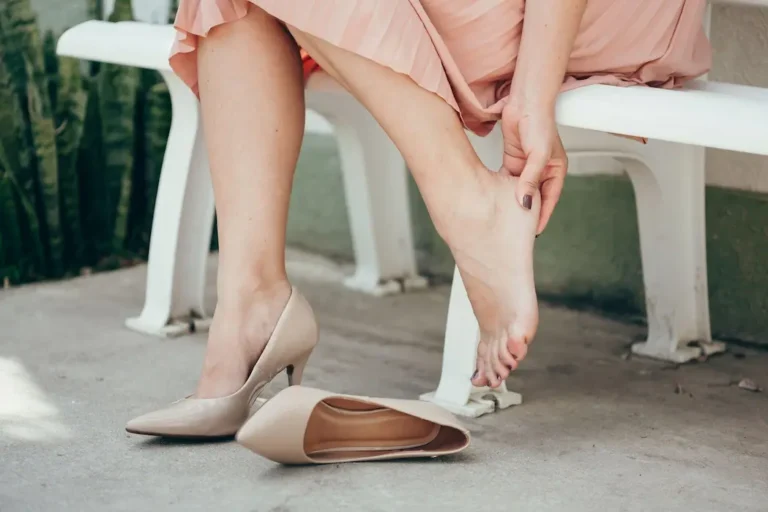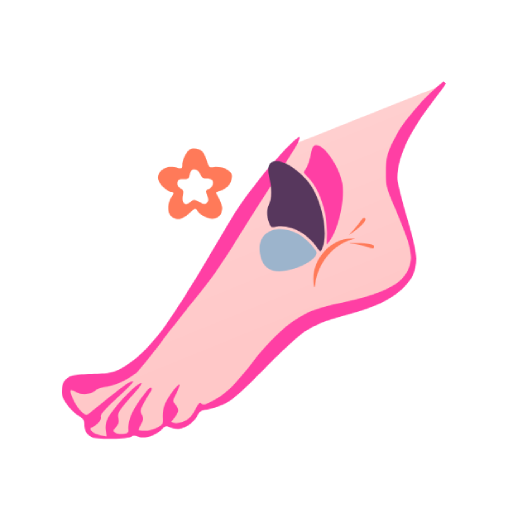Shin splints can be painful and frustrating, especially for athletes and active individuals. In this comprehensive guide, we will explore what shin splints are, their causes, symptoms, and, most importantly, how to effectively get rid of them. Whether a seasoned athlete or a casual runner, these tips will help you prevent and treat shin splints.
Understanding Shin Splints
What Are Shin Splints?
Shin splints, medically known as “medial tibial stress syndrome,” refer to the pain and inflammation along the shinbone (tibia). They are common among runners, dancers, and athletes who engage in repetitive leg activities.
Causes of Shin Splints
Shin splints typically occur due to:
Overuse or Excessive Training
Frequent and intense physical activity without proper rest can strain the muscles and cause shin splints.
Poor Footwear
Inadequate or worn-out shoes can lead to improper foot support, increasing the risk of shin splints.
Biomechanical Issues
Flat feet, high arches, or irregularities in your gait can contribute to shin splints.
Sudden Increase in Intensity
Abruptly intensifying your workout routine can strain the shin muscles.

Recognizing the Symptoms
Pain Along the Tibia
Dull, aching pain along the front of your lower leg is a telltale sign of shin splints.
Swelling
Inflammation and swelling may occur around the painful area.
Tenderness
Pressing on the affected area may reveal tenderness.
How to Get Rid of Shin Splints Fast?
Rest and Recovery
The most critical initial step is to rest and allow your body to heal. Avoid activities that exacerbate the pain and give your shins time to recover.
Ice Packs
Apply ice packs to the affected area for 15-20 minutes daily to reduce inflammation and alleviate pain.

Compression
Wearing compression sleeves or wraps can help reduce swelling and support the shins during the healing process.
Anti-Inflammatory Medications
Consider reaching out to a healthcare provider for guidance before using nonsteroidal anti-inflammatory drugs (NSAIDs) such as ibuprofen to alleviate pain and inflammation.
Gradual Return to Activity
Once your shins have healed, gradually reintroduce physical activity to avoid a recurrence of shin splints.
Proper Footwear
Invest in quality shoes that offer adequate support and cushioning. Consult a podiatrist for recommendations if needed.
Stretching and Strengthening
Incorporate calf stretches and strengthening exercises into your routine to prevent shin splints.

Pain Relief
Pain relievers like ibuprofen can help manage pain and inflammation. Consult a healthcare professional for guidance.
How to Get Rid of Shin Splints Overnight
To get rid of shin splints overnight you should follow these tips:
Proper Warm-Up
Always warm up before exercising or engaging in high-impact activities. This prepares your muscles and reduces the risk of injury.
Gradual Progression
Avoid sudden increases in workout intensity or duration. Gradually build up your fitness level to give your body time to adapt.
Cross-Training
Incorporate low-impact activities like swimming or cycling into your routine to reduce the strain on your shins.
Orthotics
Consider using orthotic inserts if you have flat feet or high arches. They can provide the necessary support for your feet.
Listen to Your Body
Pay attention to any discomfort or pain in your shins. If you feel persistent pain, stop the activity and rest.
How to Get Rid of Shin Splints in 5 Minutes
Quick Relief Methods
RICE Method
The RICE method (Rest, Ice, Compression, Elevation) is effective for immediate relief. Rest your legs, apply ice to the affected area for 15 minutes, use a compression bandage, and elevate your legs to reduce swelling.
Self-Massage
Gently massage the affected area using your fingers or a foam roller. This helps in releasing tension in the muscles and improving blood circulation.
Stretching
Perform calf stretches by standing with your hands against a wall, one leg forward, and one back. Lean forward to stretch the calf muscles. Hold for 30 seconds and switch legs.
How to Get Rid of Shin Splints😮https://t.co/qX9u119VHn
— Sellfeetpics (@sellfeetpicsco) September 26, 2023
Feet #feetpics #feetcare #feetbeauty pic.twitter.com/OG7eJGvSQA
Toe Taps
While seated, tap your toes rapidly for a minute. This increases blood flow to the shin area, reducing discomfort.
Deep Breathing
Deep breaths can help relax the muscles. Inhale deeply through your nose, hold for a few seconds, and exhale slowly through your mouth. Repeat for a minute.
Shoe Evaluation
Check your footwear for proper support and cushioning. Investing in quality shoes can prevent shin splints in the long run.
Correcting Running Form
Consult a coach or expert to assess and improve your running or walking technique.
Warm-Up Routine
Always warm up before exercise. Perform light aerobic activities to prepare your muscles.
Conclusion
Shin splints can be painful, but you can manage and prevent them with the right approach. Rest, invest in quality footwear, and gradually build your strength. By following these guidelines, you’ll be well on your way to enjoying pain-free workouts.
FAQs (Frequently Asked Questions)
Can shin splints heal on their own?
While rest and self-care can help, consulting a healthcare professional for a proper diagnosis and treatment plan is essential.
How long does it take to recover from shin splints?
Recovery time varies but can range from a few weeks to several months, depending on the severity of the condition.
What triggers shin splints?
Shin splints are typically triggered by overuse, improper footwear, poor running form, and inadequate warm-up.
Do shin splints go away?
ShinShin splints can go away with proper rest, treatment, and preventive measures.
How long do shin splints last?
The duration varies, but most shin splints can heal within a few weeks with proper care.
Do shin splints heal naturally?
Shin splints can improve naturally with rest and self-care. Still, it’s important to follow recommended treatments and prevention strategies for faster healing and recurrence.








